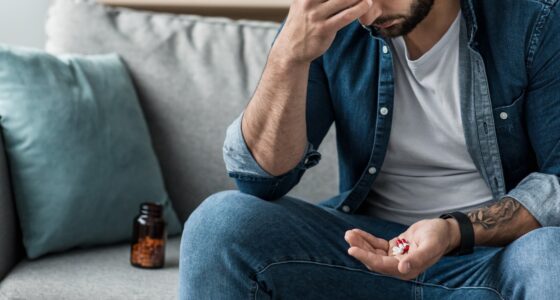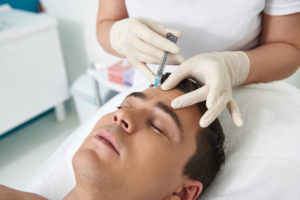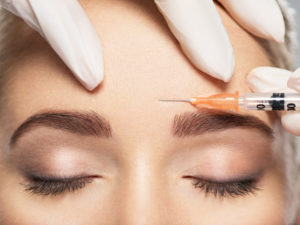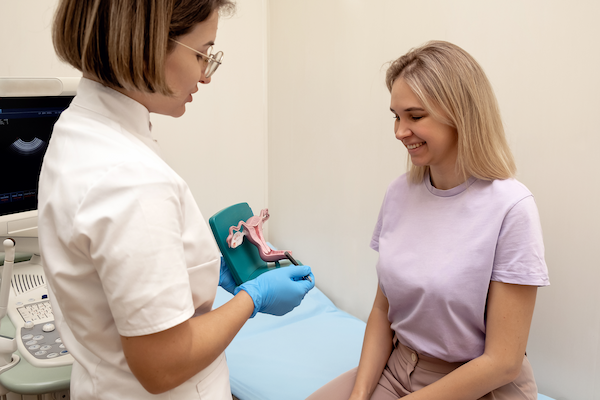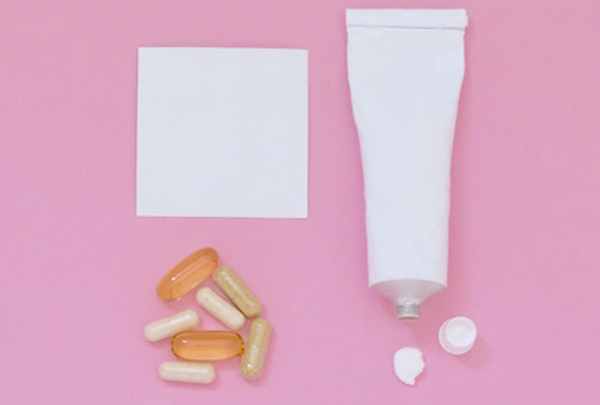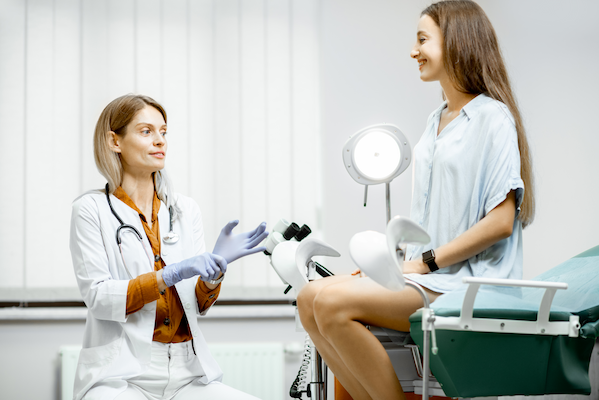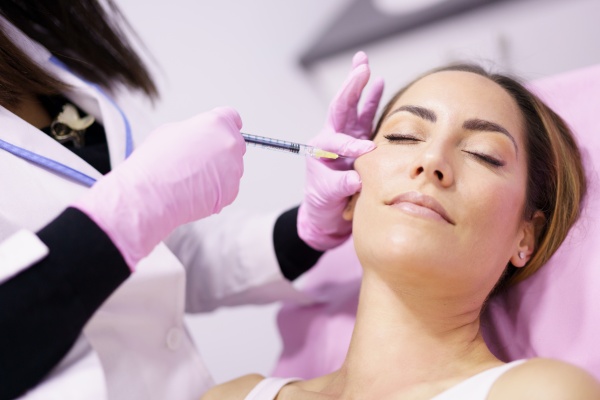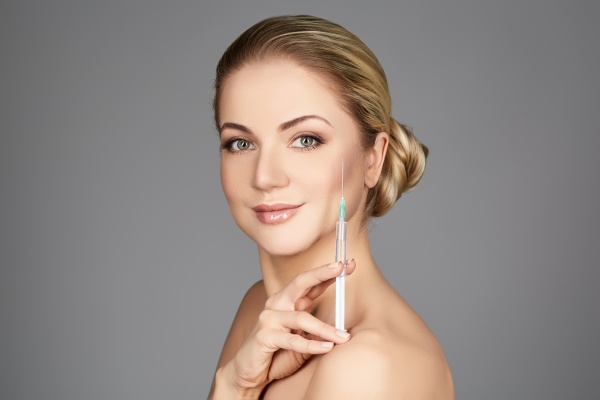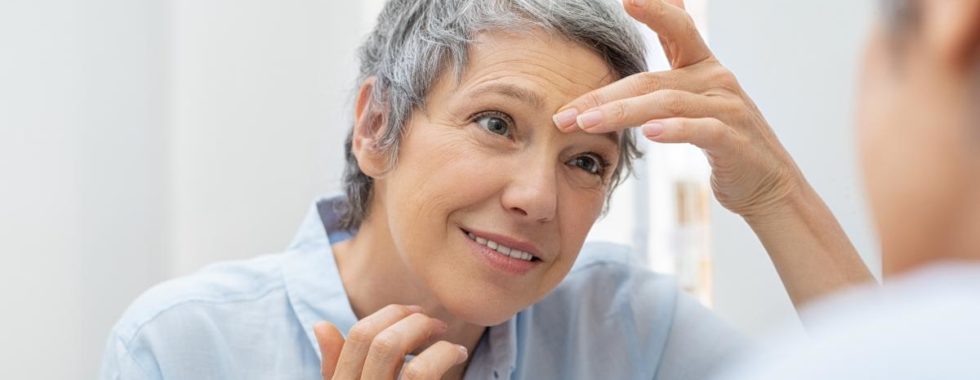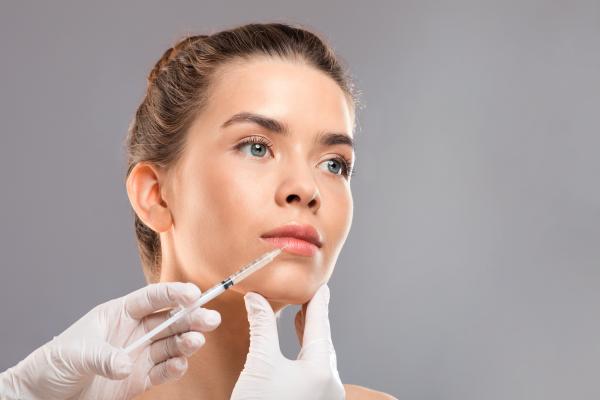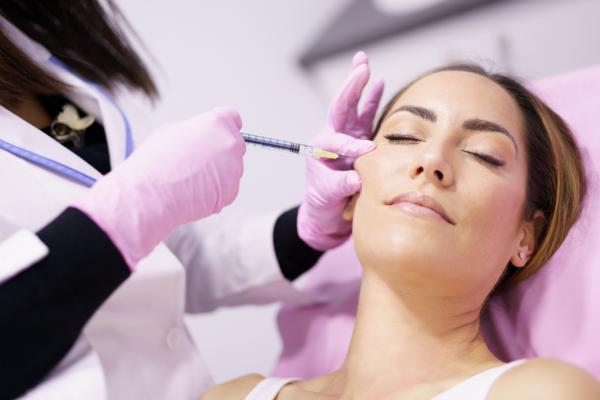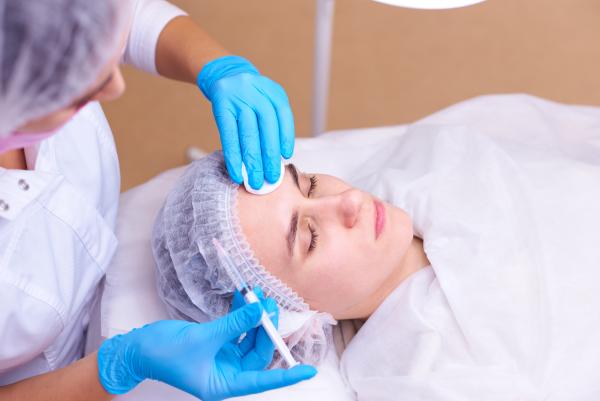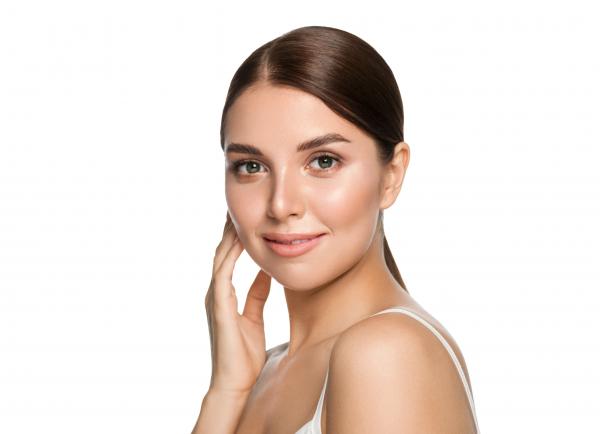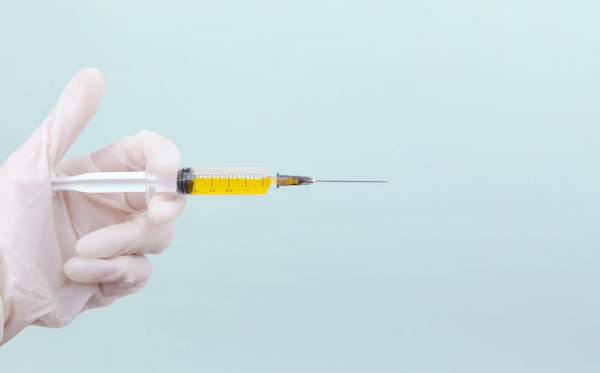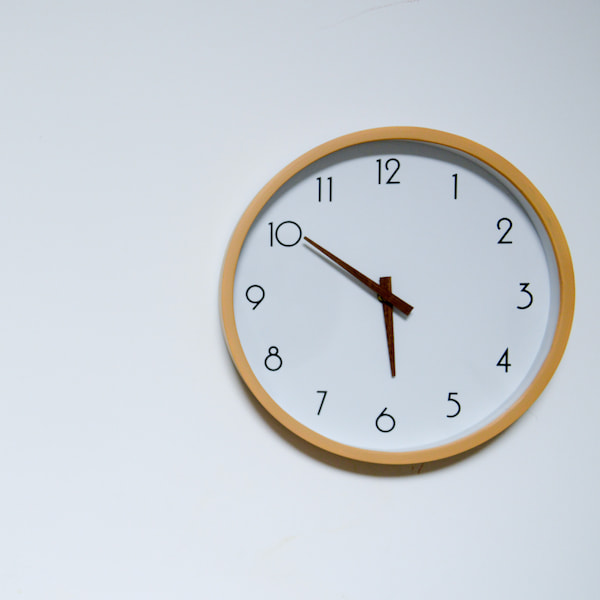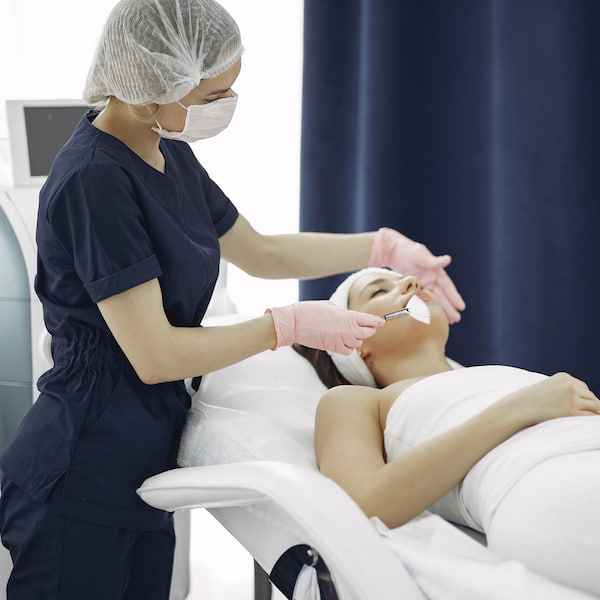Brand New Hair Loss Solution: What Is the Best Hair Loss Prevention in 2021
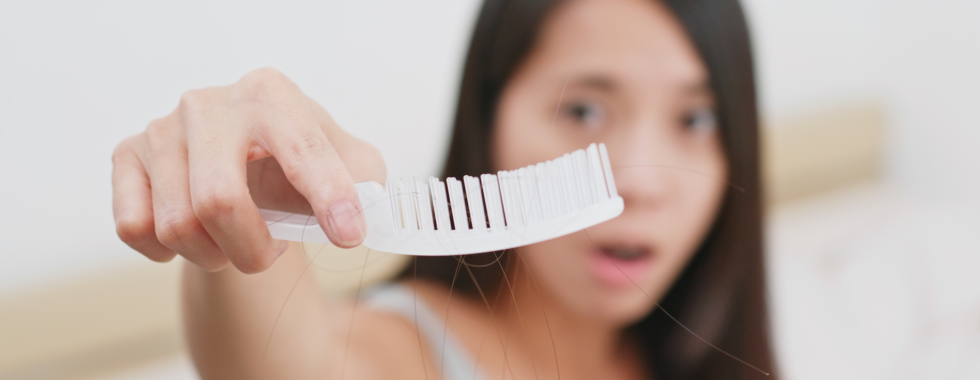
Hair loss affects millions of people around the world. Time and time again, science comes up with all sorts of different hair loss solutions, from hair plugs to finasteride.
Thankfully, a new worthwhile treatment has emerged on the market that can help slow further hair loss and strengthen the hair you have. It’s a well-established therapy that is also used to treat other conditions, known as platelet rich plasma, or PRP.
While PRP has long been used to boost healing and treat arthritis, it is now gaining notoriety as a staple of natural anti-aging remedies.
What is Platelet Rich Plasma (PRP)?
Our blood is made up of two primary components:
- Plasma
- Red blood cells
Plasma contains white blood cells and platelets, which are full of growth factors, stimulating skin cell activity.
PRP treatment involves taking a patient’s blood sample and processing it in a centrifuge. The red blood cells are separated as the centrifuge spins, to extract the PRP. The PRP is then injected into the patient’s scalp at the hair follicle ½ inch over the area of hair loss.
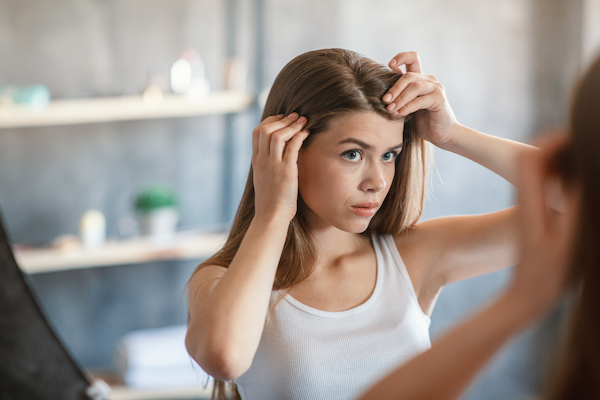
PRP Growth Factors
PRP doesn’t restore hair on its own. It has the help from rich nutrients that enhance tissue recovery and help repair damaged areas, including hair follicles.
The PRP growth factors encouraging hair replenishment include:
- Epidermal growth factor – stimulates keratin protein production.
- Platelet-derived growth factor – increases collagen production to build hair proteins.
- Transforming growth factor –increases new blood vessel growth.
Caveat: The success of a person’s PRP treatment depends on the quality of their platelets. Someone with a low level of platelets in their plasma may not have the same result as an individual with a higher platelet level.
What does a PRP Treatment Schedule Look Like?
For best PRP hair results, the treatment should be given once a month for a total of three treatments to maximize hair regrowth. Based on patient response, treatments then take place every three to six months.
Those receiving PRP treatments should initially notice that hair loss decreases, and should later start to experience more regrowth and longer hair. This delay of hair loss and growth spurt should take place within two to three months after the first treatment session!
If regrowth is successful, expect to have an annual PRP injection “touch-up.”
The procedure is considered a very safe and natural treatment, leaving out the chance of allergic reactions or adverse effects since the patient’s own blood is used.
What are the Steps of a PRP Procedure for Hair Loss Prevention?
There are 3 steps taken in the PRP treatment process for hair loss prevention.
- The patient’s blood is drawn by the doctor.
- The blood is spun in the centrifuge.
- The PRP is injected into the scalp.
The time elapsing from the blood draw to the injection ranges from 10-15 minutes, and the injections themselves take 30-40 minutes, depending upon the amount of thinning hair.
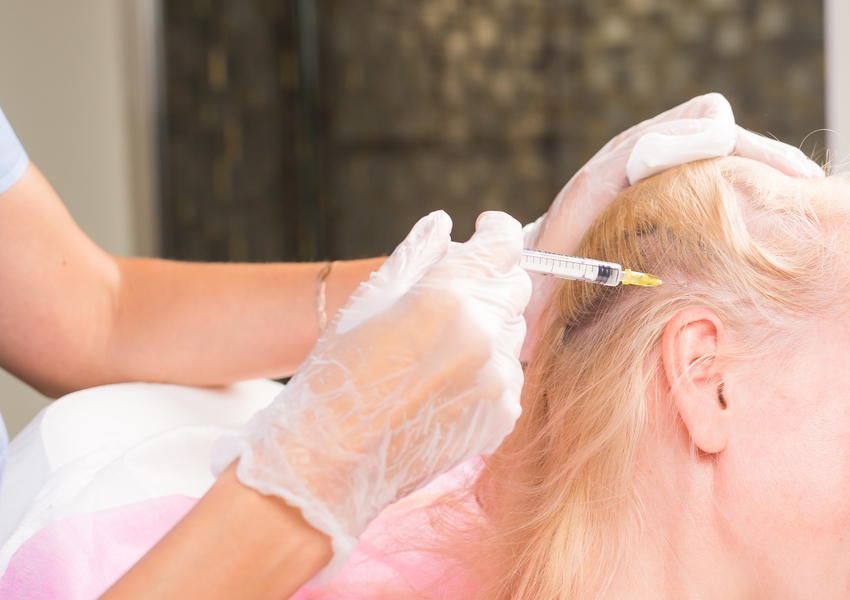
Patients can expect to receive local anesthesia in the area of injection. If any discomfort is experienced, over-the-counter pain relievers and an ice pack go a long way to relieve soreness!
To achieve the best PRP hair results, it is important to avoid any processing or heat treatments on hair, as well as sun exposure. Also, avoid strenuous exercise and alcohol for 48 hours post-treatment!
PRP Treatment Advantages
For hair loss prevention, PRP possesses several advantages over other therapies. The procedure is short and seamless, as no surgery is involved with a PRP treatment. Additionally, because PRP treatments use your platelets and plasma you do not have to worry about compatibility issues and the risk of rejection.
Another amazing benefit is that no sedation is necessary. Patients are completely free to go post-procedure and there is no downtime needed!
PRP Hair Results
Now you may be wondering about the results of PRP. Common questions we get are:
- How long does it take PRP to work?
- How long does PRP last?
Well, results from her PRP procedures start working in about 3 days and maximum results are in 3 months. The results typically last up to about 18 months but there have been reporting of effects lasting up to 2 years.
Check With Your Doctor to See if PRP is Right for You!
Before starting any treatment, it is always important to consult with a doctor to see if it is safe for you.
Most importantly, choose a clinic you trust! Whole Health JC is a Health and Wellness Clinic led by Dr. Jen Su, a Gynecologist and Integrative Medicine Specialist. Our mission is to provide top-notch care to help you live a happy healthy life!

